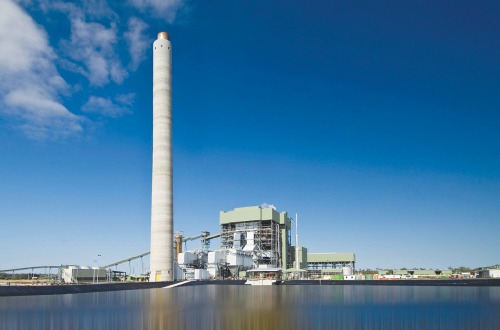Solyndra's failure isn’t an embarrassment for the government, says Joe Nocera in The New York Times. In fact, it’s exactly what we should expect from a government program designed to fund risky, early-stage technologies that wouldn't otherwise find traction among private-sector funders of research and development. If there were no Solyndras in this world, says Nocera, it would mean government was funding precisely the wrong kind of breakthrough energy research.
If we could just stop playing gotcha for a second, we might realize that federal loan programs — especially loans for innovative energy technologies — virtually require the government to take risks the private sector won’t take. Indeed, risk-taking is what these programs are all about. Sometimes, the risks pay off. Other times, they don’t. It’s not a taxpayer ripoff if you don’t bat 1.000; on the contrary, a zero failure rate likely means that the program is too risk-averse.
Over at Wired.com, Jonah Lehrer expands on this theme by comparing the government's energy investment programs with the ways that it funds biomedical research. In this area, it turns out the government is potentially too conservative.
Lehrer uses the example of two biomedical research funding organizations: National Institutes of Health (NIH), a government agency, and the Howard Hughes Medical Institute (HHMI), a nonprofit endowed, long ago, by the gigantic fortune of the airplane giant for whom it's named. Howard Hughes funds mostly high-risk stuff, while the NIH funds lower-risk stuff.
The result: Howard Hughes researchers are way more innovative. As Lehrer notes:
The data was clear: In every biomedical field, the risky HHMI grants were generating the most important, innovative and influential research. Although HHMI researchers had similar qualifications to their NIH counterparts when they first applied for funding, they went on to produce twice as many highly cited research articles and win six times as many awards. They also introduced more new "keywords" into the scientific lexicon, which is a marker of highly original work.
Of course, the HHMI researchers also failed more often. In other words, if you want breakthroughs, you're going to have some failures. This is surely self-evident, but what's a little counterintuitive here is that if you're not seeing any failures at all, that means the government's efforts at funding breakthrough energy research aren't being administered correctly. No one bats 1.000.



